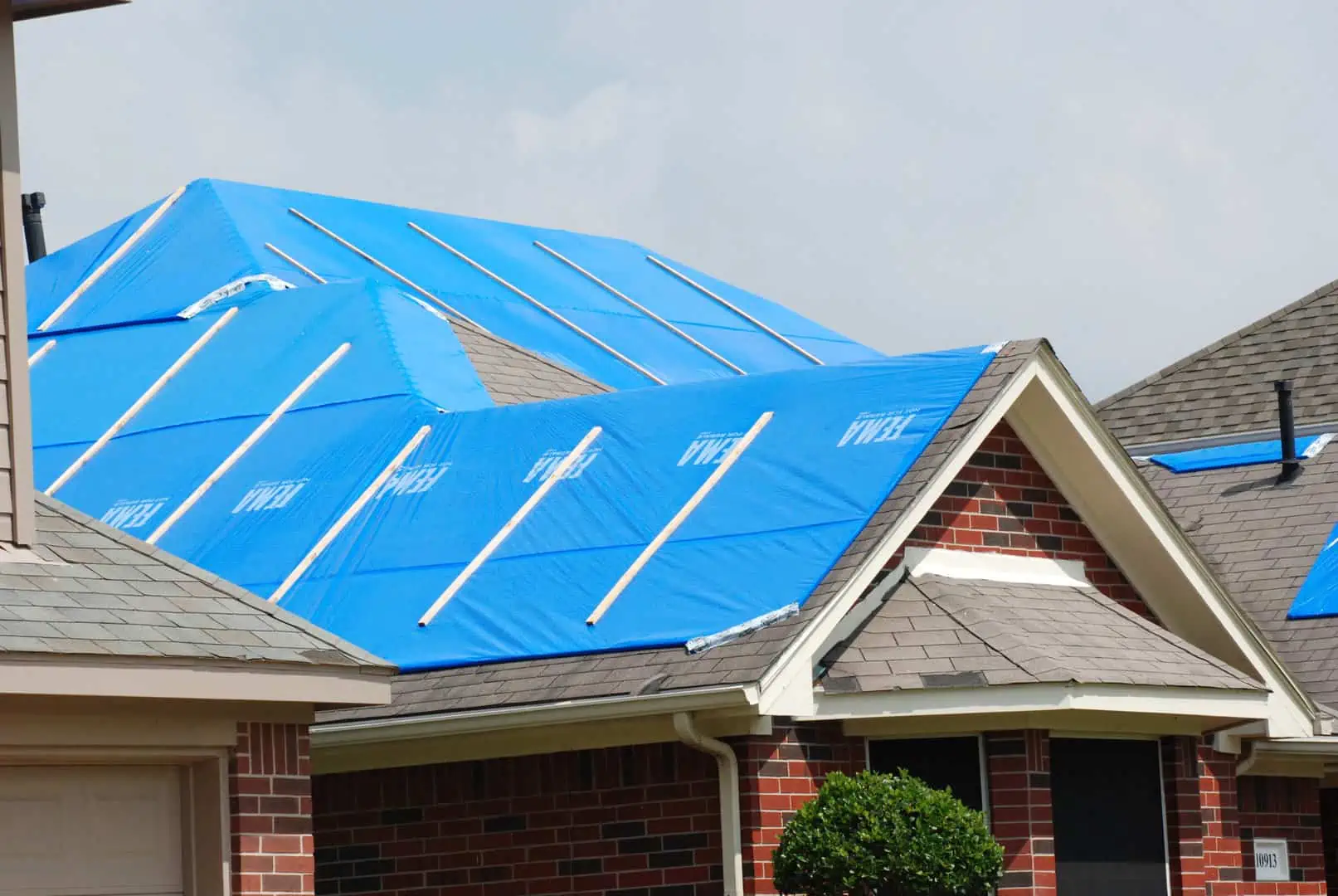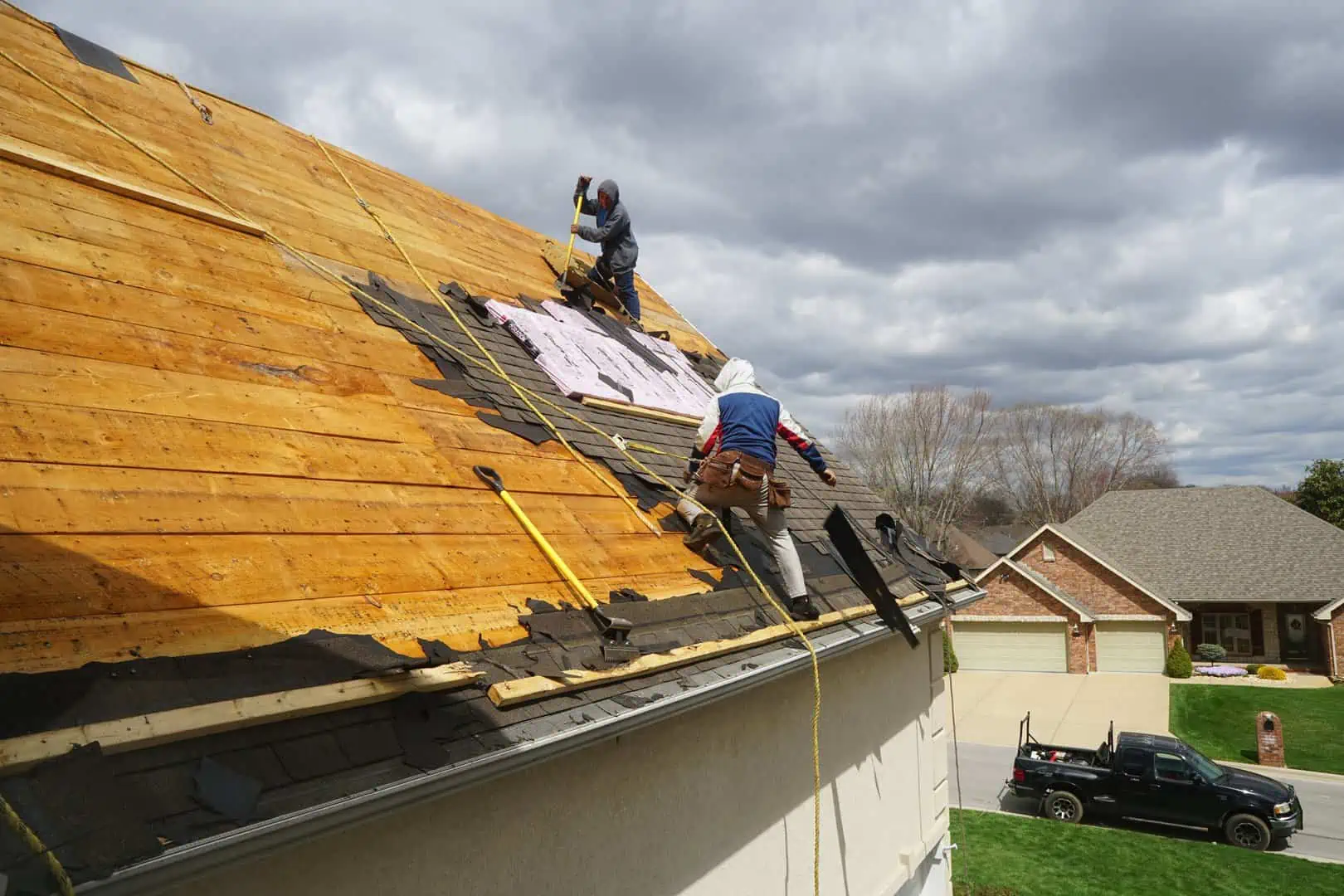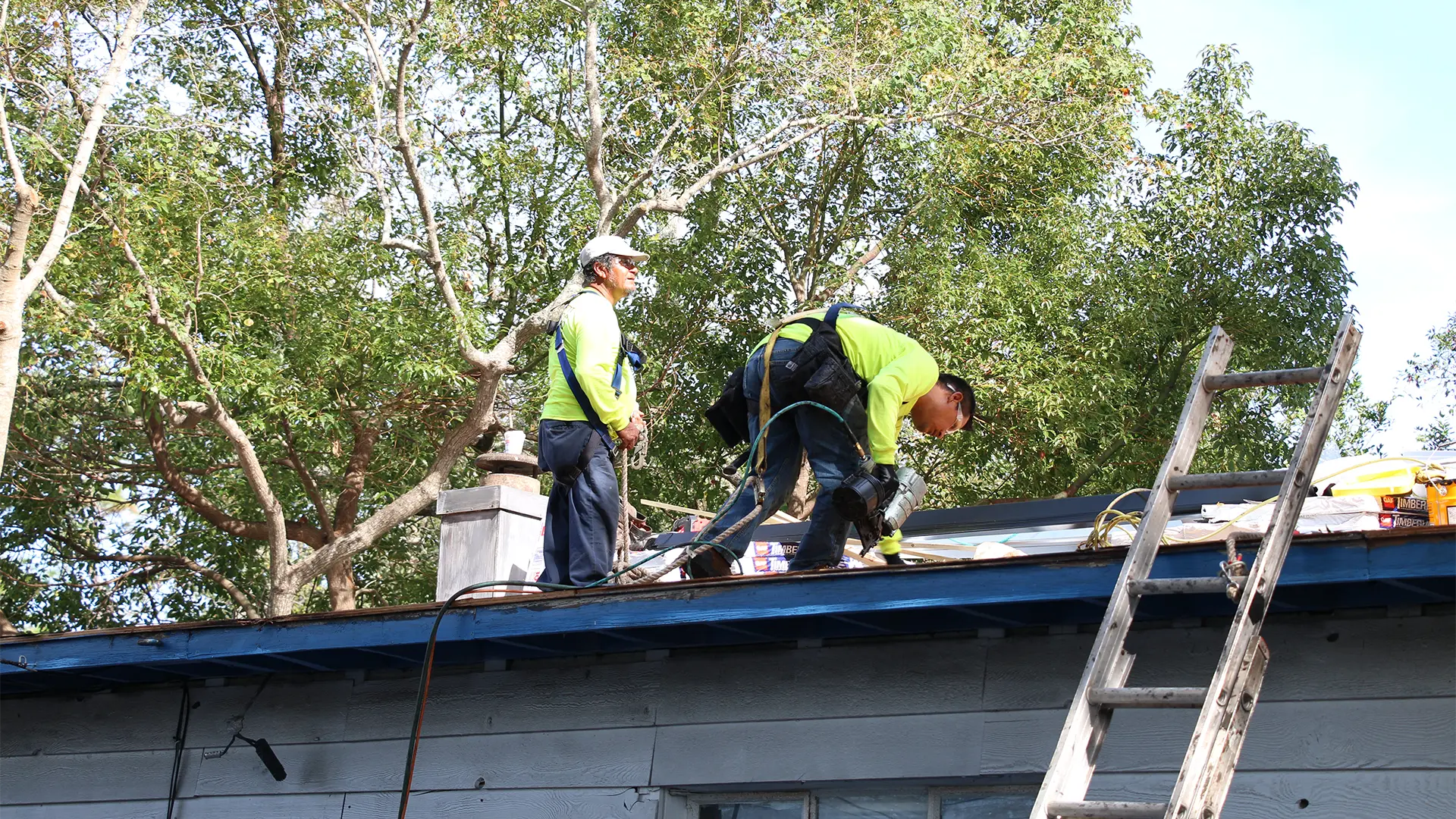Homeowners’ insurance, another word for liability or home insurance, is going up to reflect the statewide increase in home values. Hurricane Irma hit the state of Florida on September 10th, 2017. It hit the southwest portion of Florida first. Fortunately, the storm at the time of landfall was a category three and fell apart shortly after making landfall and quickly was downgraded.
Therefore, the back half of the storm did not have the full impact it typically has on structures and property. Usually, hurricanes hit from one way with the winds, then as the storm travels, it hits the other way. This bidirectional flow of extreme winds disturbs foliage, plants, and roofing structures, causing more damage. This storm really only had fierce winds from one direction as it passed over the majority of the southern part of Florida.
From the I4 corridor down, the southern part of Florida is a roof tile-centric area. The Spanish or Mediterranean tile look has been desirable for decades. Dating back to the 1950s, tile (both clay and concrete) is good for long-term performance because they do not deteriorate like other roofing materials. However, they require maintenance because they are susceptible to breakage during impact. During a hurricane and other intense wind events, such as Irma, wind-borne debris impact tile roofs causing breakage after the storm.
Storm chasing restoration companies took advantage of recent product line depreciation by requiring insurance companies to pay for total roof replacements rather than just repairing the broken tile. They claimed tile was no longer using the 25% rule of the Florida building code. These storm-chasing restoration companies convinced insurance companies it was a requirement to replace the entire roof, even if just a few tiles were cracked. This turned a somewhat benign hurricane into a catastrophic one. Insurance companies spent billions replacing roofs which did not need to be replaced.
Similar to the 2004/2005 hurricane season, where Florida was impacted by seven major hurricanes in 2 years, the insurance companies went to the state legislature to lobby for an increase in premiums or rates to make up for losses and build reserves for possible future events. Because the legislative process is slow, rate increases were approved for 2022 and, in some cases, more than doubled insurance rates on homeowners from just one year prior. The good news is the new legislation, such as Senate Bill 76, and clarification in the Florida building code as to precisely what the 25% rule is when the 25% rule requires complete replacement, will help mitigate future risks and bring down the price of insurance in the future. At Reliant, we have experts who can help assist you by performing work which allows for roofing-related discounts with your home insurance. We can also replace your roof and bring it to the latest building code. Get started today!


